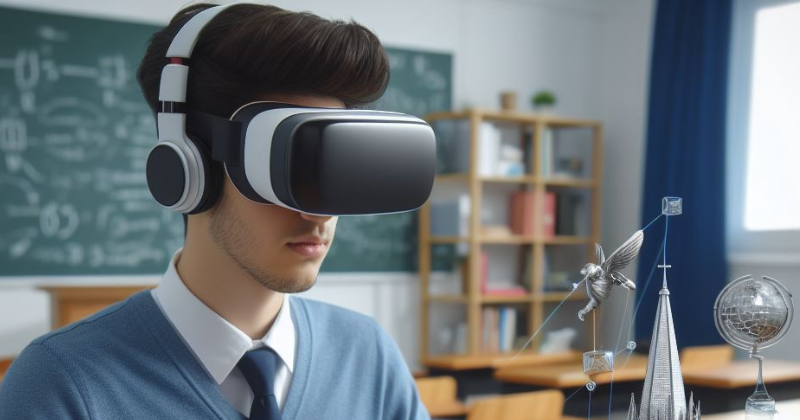Leaping Towards Hyperreality: The Rise of AR Headsets and the Blurring Lines Between Real and Virtual

The world of technology is constantly pushing boundaries, and one area experiencing a surge of interest is Augmented Reality (AR). Unlike Virtual Reality (VR) which completely immerses users in a digital world, AR overlays digital elements onto the real world we see. This exciting technology has the potential to revolutionize various aspects of our lives, and recent advancements in AR headsets are putting hyperreality within reach.
Why Now? The Maturation of AR Technology
For years, AR has been a concept explored in science fiction and experimental projects. However, limitations in processing power, display technology, and user interface design hindered widespread adoption. Today, with advancements in these areas, AR headsets are becoming lighter, more powerful, and user-friendly. Tech giants like Meta (formerly Facebook) with their Project Cambria, Apple with its rumored AR/VR headset, and Google with its Glass successor are all heavily invested in AR, pouring resources into developing their own headsets.
What can we expect from AR Headsets?
The possibilities with AR headsets are vast. Imagine:
Enhanced Education: Students could interact with 3D models of historical landmarks or dissect virtual frogs in biology class, all overlaid on their physical surroundings.
Revolutionized Workflows: Architects could visualize building designs superimposed on real-world construction sites, or engineers could receive real-time instructions overlaid on machinery, streamlining complex tasks.
Seamless Gaming: AR games could seamlessly blend digital elements into your physical surroundings, creating immersive and interactive experiences that redefine gaming.
Boosted Productivity: Imagine receiving directions or translating text in real-time through your AR headset, eliminating the need to constantly switch between devices and boosting productivity.
Social Interaction Reimagined: AR could potentially change how we connect with others. Imagine shared experiences where virtual avatars interact within the real world, or social media filters coming alive in real-time interactions.
Challenges and Considerations
As exciting as AR headsets are, there are challenges to address:
Privacy Concerns: The ability to constantly capture and overlay information onto the real world raises significant privacy questions. Clear regulations and ethical considerations are crucial to ensure user privacy is protected.
Battery Life and Processing Power: Current AR headsets tend to have limited battery life and processing power. Advancements are needed for seamless and extended use.
Cost and Accessibility: High-end AR headsets can be expensive, potentially limiting accessibility for some users. More affordable options are needed for widespread adoption.
Ethical Considerations: Beyond privacy, the potential manipulation of reality through AR experiences and the possibility of addiction to these hyperreal environments raise ethical concerns that need to be addressed as AR technology evolves.
The Future of Hyperreality
The rise of AR headsets signifies a significant step towards a hyperreal future, where the lines between the physical and digital world become increasingly blurred. As technology continues to mature, AR headsets have the potential to revolutionize how we learn, work, play, and interact with the world around us. Companies like Meta, Apple, and Google are actively developing AR Headsets with varying functionalities, and the impact on specific industries like healthcare, education, and retail could be transformative.
What are your thoughts on the rise of AR headsets? What applications are you most excited about? Share your thoughts in the comments below!

